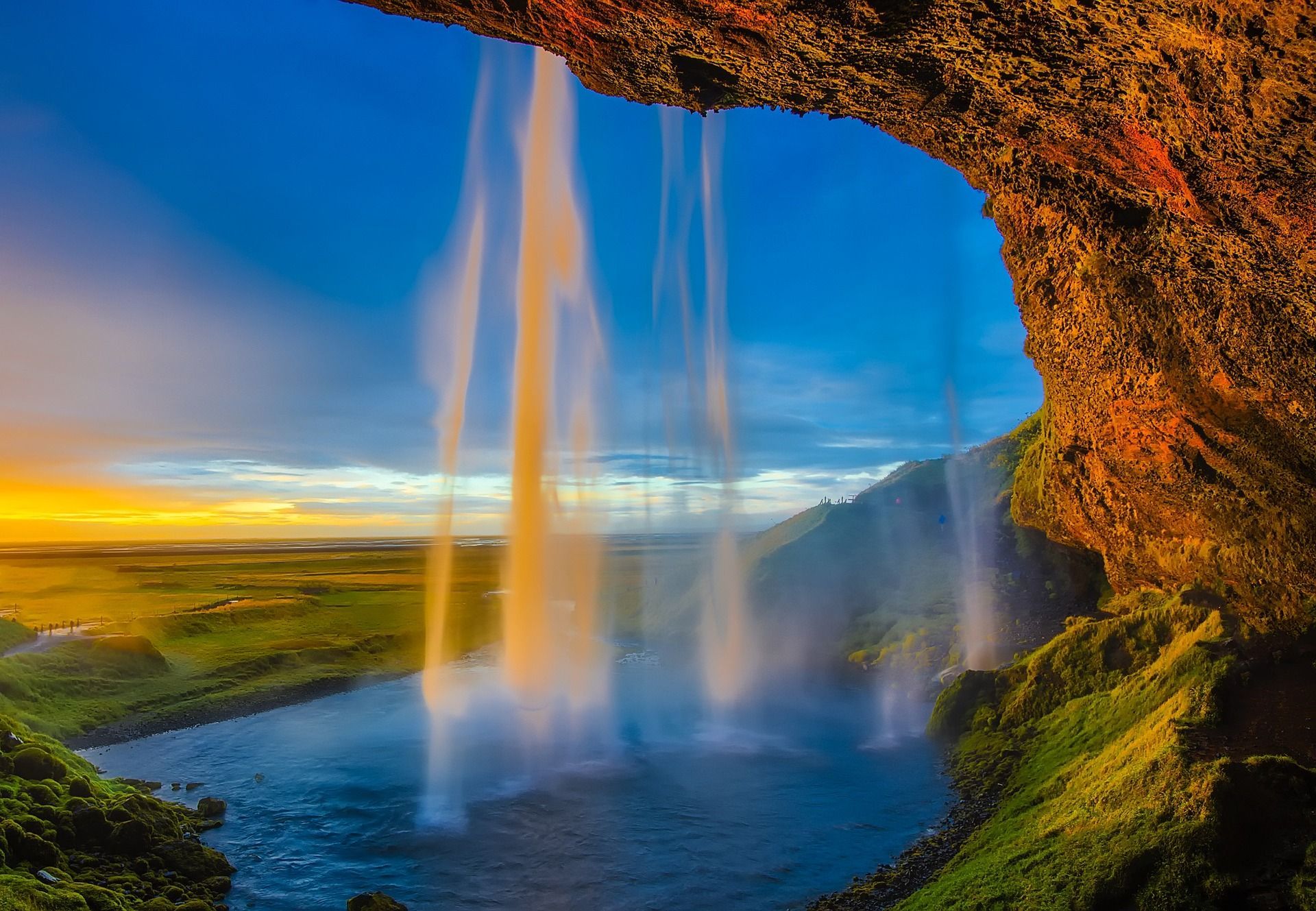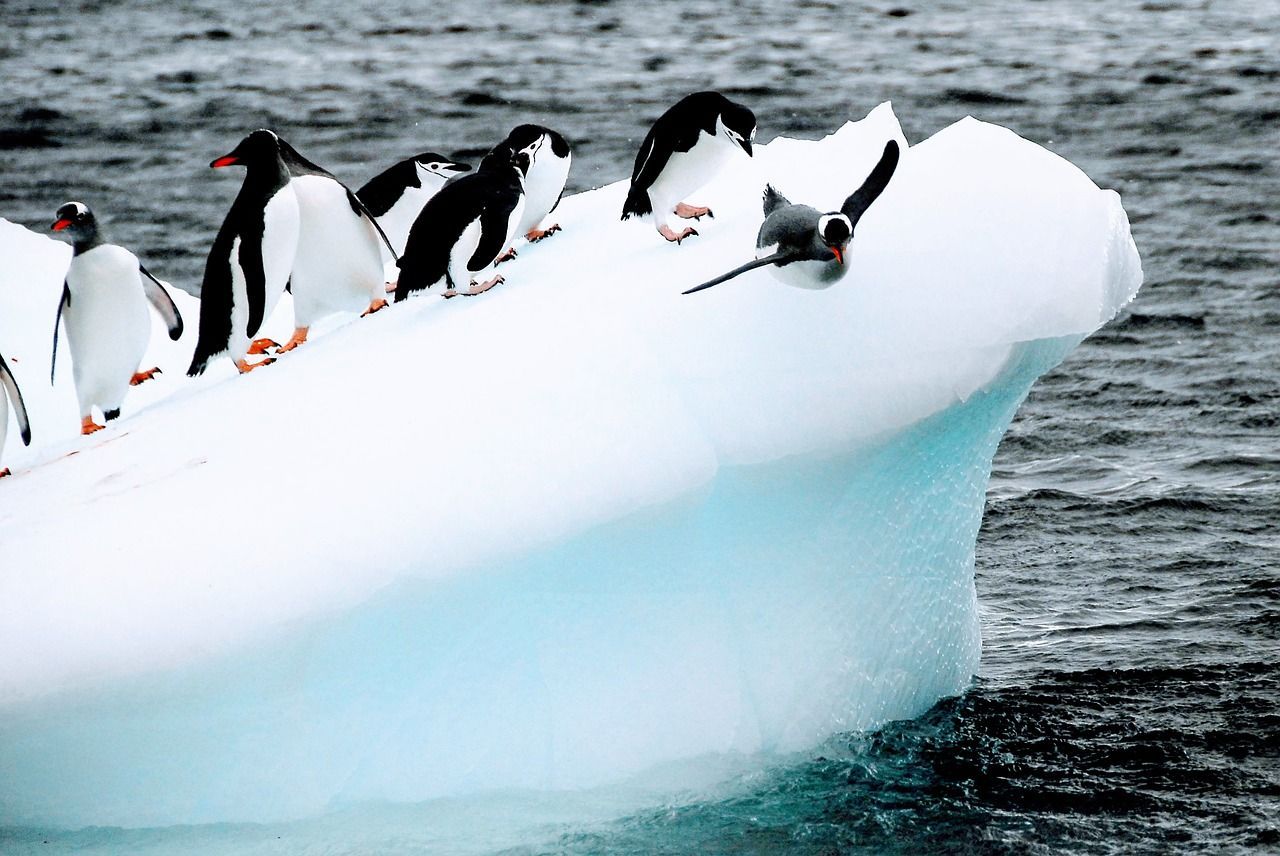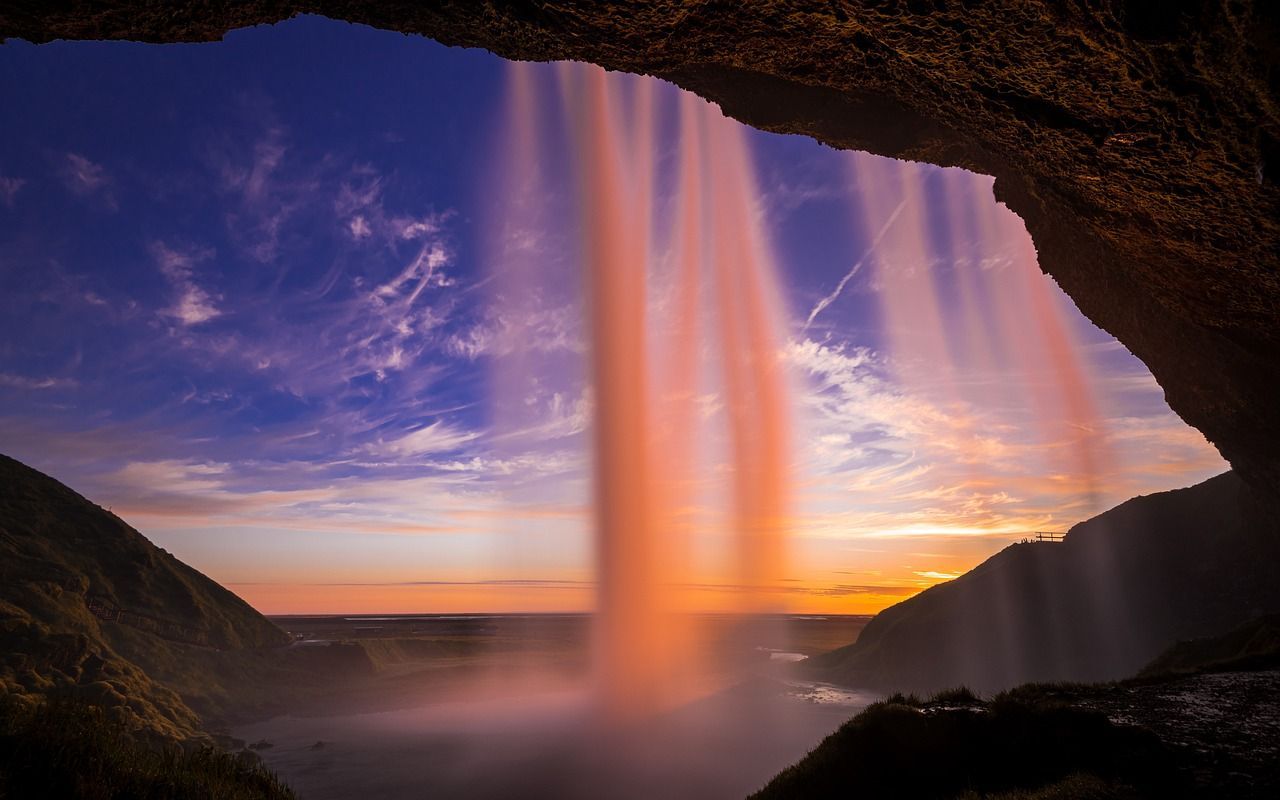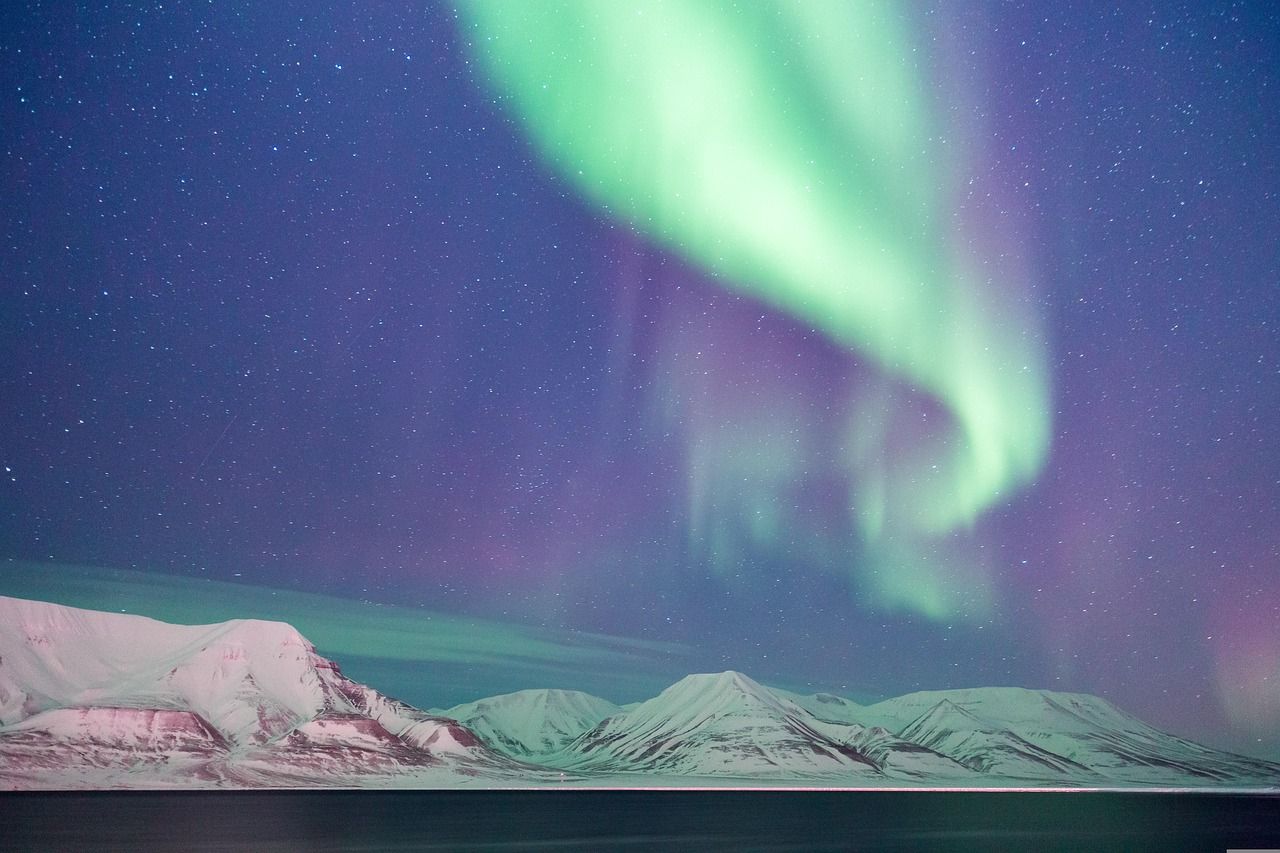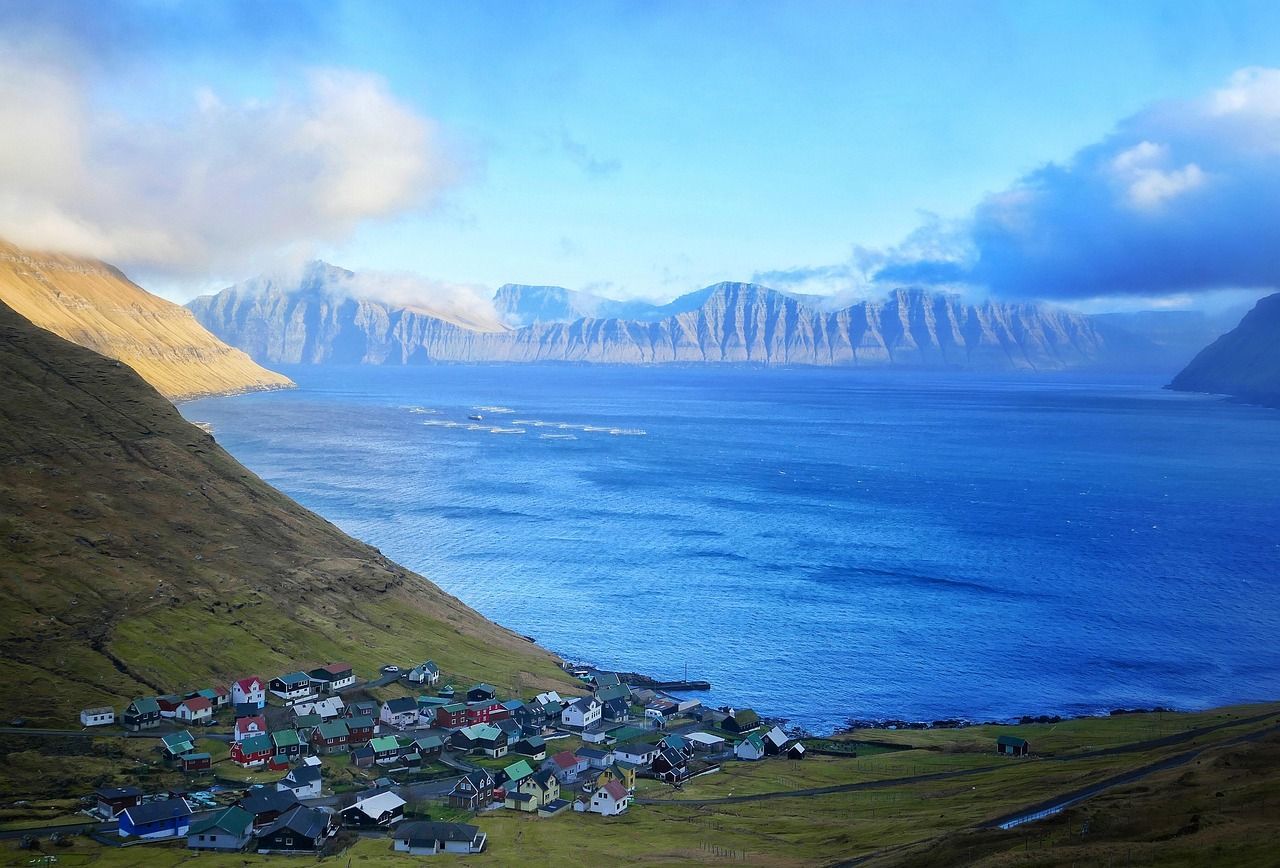THE POLAR REGIONS
(ARCTIC & ANTARCTIC)
The polar regions, comprising the Arctic and Antarctic, are two of the most extreme and unique environments on Earth. The Arctic, located at the northernmost part of the globe, is primarily an ocean surrounded by land and is characterized by icy waters, tundra landscapes, and seasonal fluctuations in daylight. It is home to a variety of species, including polar bears, seals, and migratory birds, and plays a crucial role in regulating the planet’s climate.
In contrast, Antarctica is a vast, icy continent in the southern hemisphere, where temperatures can plummet to extreme lows. Unlike the Arctic, Antarctica is entirely land-based and is covered by a thick ice sheet that holds about 60% of the world’s fresh water. It is largely uninhabited, with no native human population, but hosts scientific research stations and unique wildlife, such as penguins and seals.
Both polar regions are vital to Earth's ecosystems and are facing significant challenges due to climate change, making their preservation critical for global environmental stability.
